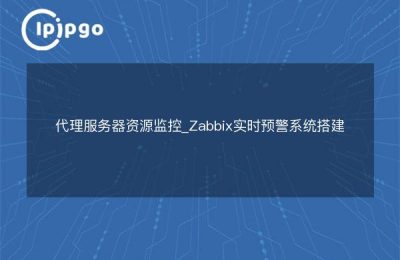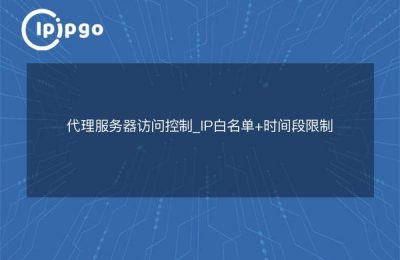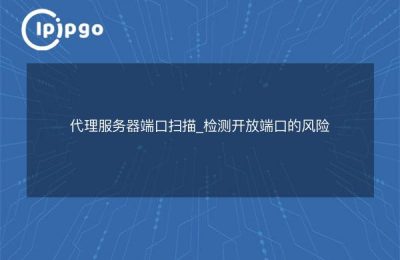Whitelist Mode and Global Proxy Mode
Hello, I am a small editor who knows a little bit about network security. Today, I'd like to talk to you about two models of network access control: the whitelist model and the global proxy model. These two modes are like two very different worlds, one is like a beautiful garden, while the other is like a mysterious labyrinth.

Whitelist model: Into the Garden
First, let's enter the world of whitelist mode. Whitelist mode is like a well-designed garden where only those who are listed are allowed to enter. In this world, only specific IP addresses or domain names are allowed to access network resources. In contrast, other unauthorized IP addresses or domains are ruthlessly denied access.
The whitelist mode ensures the security and stability of the network environment. Only strictly screened and authorized users are allowed to enter the system, thus effectively reducing potential threats and attacks. It's like a garden surrounded by a fence that allows only friendly bees and butterflies to enter, while prohibiting harmful bugs from spoiling the flowers.
However, the whitelist model has some shortcomings. First, maintaining and managing a whitelist takes a lot of time and effort. After all, constantly updating and maintaining a whitelist is a tedious task. In addition, if certain important IP addresses or domain names are omitted, legitimate users will not be able to access the required resources, which is certainly an embarrassing situation.
Global Agent Mode: Lost in the Maze
Next, let's explore the world of global agent patterns. The global proxy model is like a mysterious maze with complex and confusing routes. In this world, all network traffic is redirected to a proxy server for further access control and management.
The global proxy model gives administrators greater flexibility and control. With a proxy server, administrators can scrutinize and filter user access. Just as a traveler in a maze needs to carefully observe every fork in the road, administrators can review and block malicious requests, thus increasing network security.
However, there are some inconveniences associated with the global proxy model. First of all, since all network traffic passes through the proxy server, this definitely puts pressure on the server and may reduce network speed and response time. It's like a labyrinth with more and more lost visitors, resulting in traffic jams and slower travel speeds.
concluding remarks
To summarize, there are advantages and disadvantages to both the whitelist and global agent models. The whitelisting model is like a secure and beautiful garden that is only open to certain users, while the global proxy model is like a complex maze that provides administrators with greater control. The choice depends on the trade-off between security and management needs.
Whether they are gardens or mazes, they are the crystallization of human wisdom and provide a guarantee for network security. In this digital age, we need to keep exploring and innovating to ensure the stability and security of the network.








